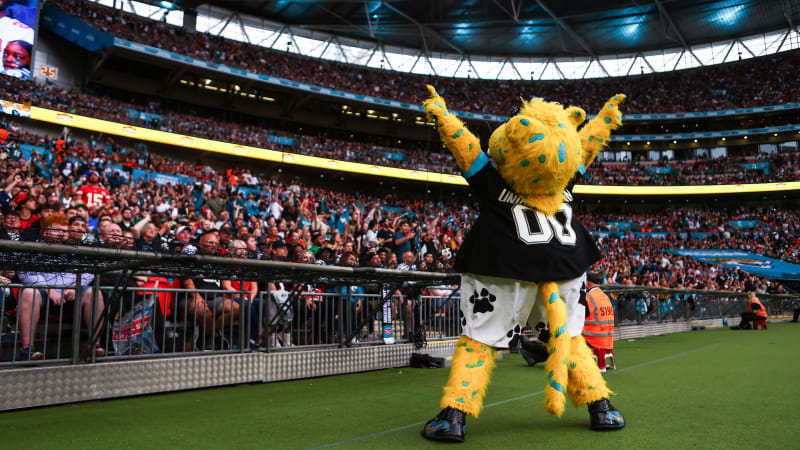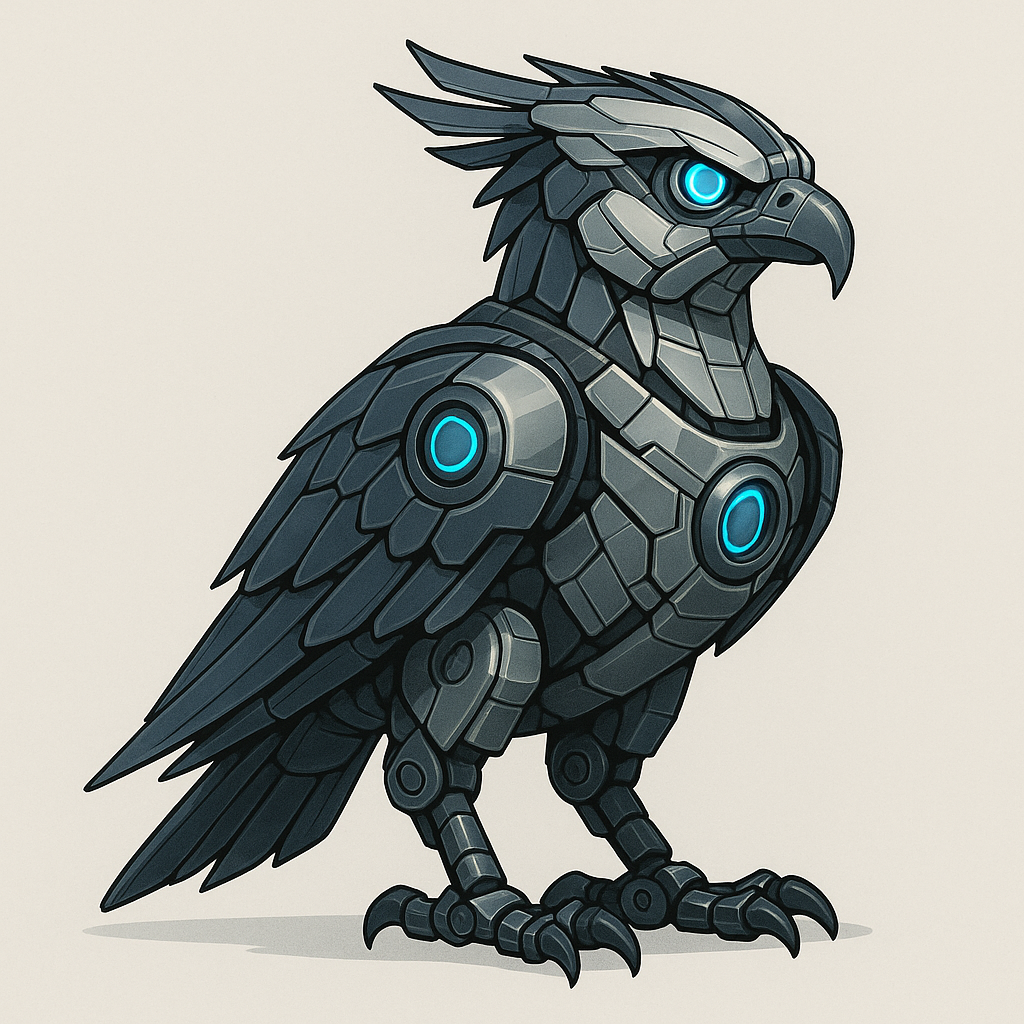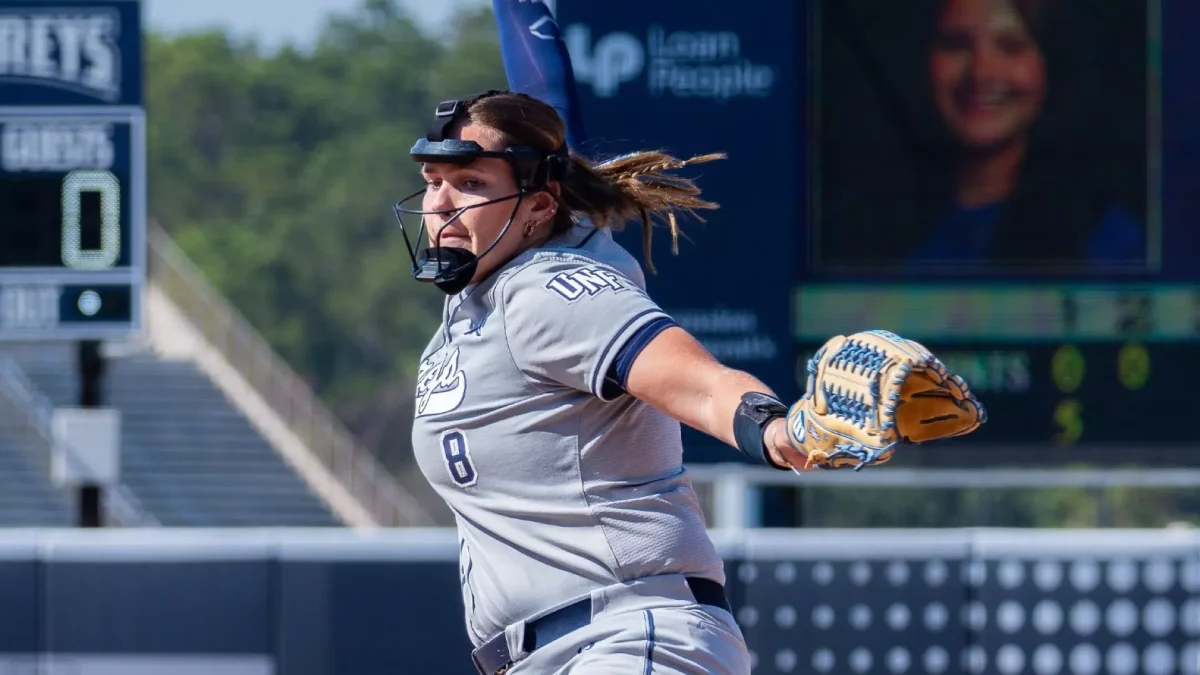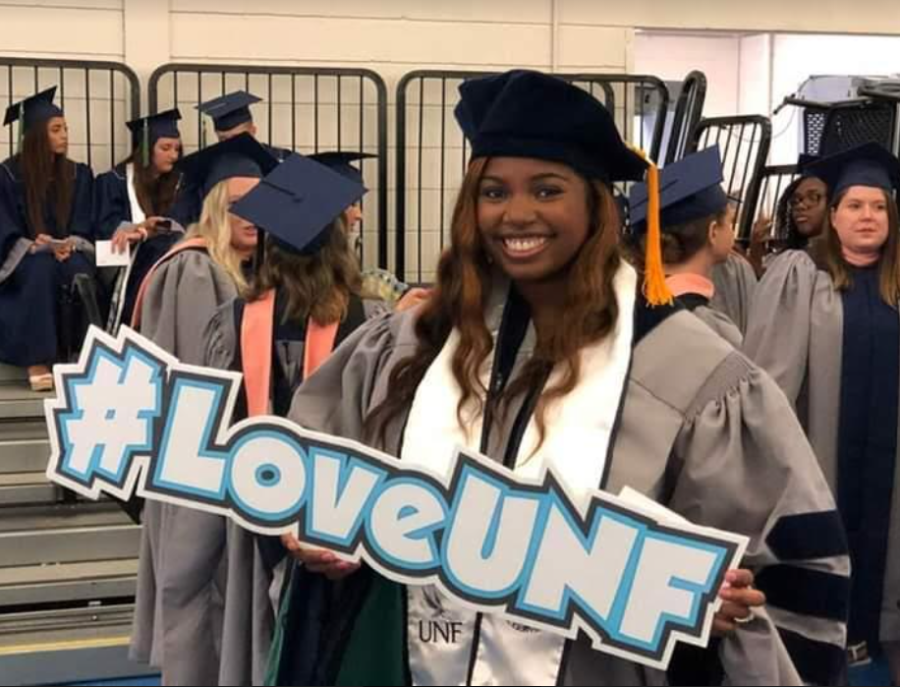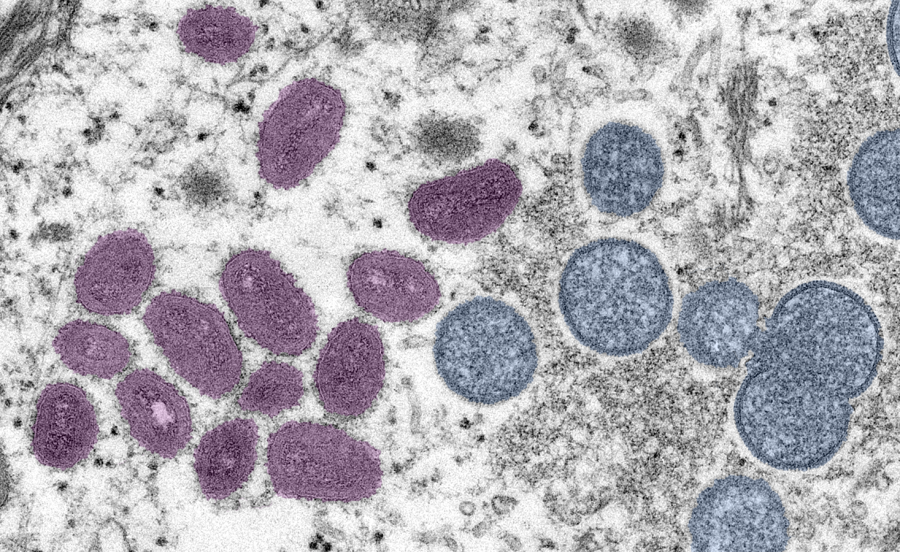 Graphic novels continue to surge in popularity among college readers and younger audiences alike.
Graphic novels continue to surge in popularity among college readers and younger audiences alike.
UNF students are getting the chance to use graphic novels as a different medium to study literature thanks to interest from multiple professors on campus.
Dr. Katie Monnin is a high-energy UNF assistant professor of literacy who incorporates graphic novels into her classroom setting. She teaches the differences between comics and graphic novels as well how to teach graphic novels to students in grades K-12.
Monnin said while a comic is very plot-based, graphic novels explore the characters, themes, plot and setting in the ways that a text-only novel would.
“The graphic novel attempts to reach a literary level of story,” Monnin said.
Teachers couldn’t continue to use only novels with print-text literacies, because our world became so visually interactive.
“We’re currently living in the greatest communication revolution of all time, second in history to the invention of the printing press,” she said.
But print-text literacies are not gone for good with graphic novels. Print-text and visual literacies are beginning to complement each other, she said.
“They’re co-stars in this new movie that we have to teach, so they should get equal weight in the graphic novel,” she said.
Teachers can teach graphic novels and still meet the Florida State Standards required for literacy, Monnin said.
Her first book, “Teaching Graphic Novels: Practical Strategies for the Secondary ELA Classroom,” was a finalist for the 2009 ForeWord Educational Book of the Year Award. The book focuses on teaching middle and high school students how to read graphic novels in a literary fashion. Her new book, “Teaching Early Reader Comics and Graphic Novels,” focuses on teaching graphic novels and comics at the elementary level and will be released later this year.
Monnin said the early reader graphic novels are experiencing a boom of available graphic novels since more and more younger readers want to read this medium. The teacher that’s not teaching graphic novels is missing out–students are evolving in their reading tastes and teachers need to keep up.
“If we don’t empower students to understand how to read these visual literacies, and just leave them off to the side, then we really haven’t educated them about reading that visual world,” Monnin said.
One of Monnin’s students applied the professor’s lessons to the classroom with positive results. Patty Hethcoat Bell, a UNF alum teaching at Windy Hill Elementary School, said she started using graphic novels at a school where she was interning to get the students interested in reading. She said the student’s FCAT benchmark scores increased as a result.
Graphic Novels at the College Level
Students at UNF can also learn about graphic novels in Russell Turney’s classes. Turney, an English instructor, teaches primarily literature and writing classes but likes to throw in a graphic novel now and then.
A class he has been teaching since 2006, “Graphic Literature,” focuses on graphic novels.
Turney said he uses popular graphic novels in his class, including Art Spiegelman’s “Maus” and Alan Moore’s “Watchmen.”
Even classic works of literature are being turned into graphic novels. The Sherlock Holmes stories, “Dracula,” “The Picture of Dorian Gray” and “Strange Case of Dr. Jekyll and Mr. Hyde” were reworked into an illustrated format.
Stepen E. Tabachnick, chair of the English department at the University of Memphis, discussed the differences between classic works and their graphic novel counterparts in the 2010 article “The Graphic Novel and the Age of Transition: A Survey and Analysis.” Tabachnick said many of these graphic novel adaptations hold enough merit to warrant a reading. Adaptations bring new strengths to the classic through retelling the story in a different medium.
Turney said he expanded into teaching graphic novels since younger students nowadays are bombarded with graphics instead of words, and he feels critically analyzing graphics alongside words is becoming more and more important.
“I kind of expanded it because I wanted to talk about how we fine tune our brains to deal with graphics in other aspects of our lives,” Turney said. “We’ve always been a graphics-based race. Our earliest narratives that we have on the planet are graphic, not verbal.”
He said he wants students to be able to analyze advertisements, videos and graphic novels the same way they would a classic work of literature.
Turney said he believes his students can get just as much, if not more, knowledge by reading graphic novels than they would just strictly reading poetry, drama and traditional fiction.
When it comes to teaching graphic novels, Turney and Monnin both said to treat the novel like a traditional classic.
Turney said you can identify simile, metaphor and synecdoche in similar ways in the graphic novel.
“Through graphics novels and through graphic literature, I’m able to get students to see – no pun intended – some of these literary elements and rhetorical elements that they need to know and need to recognize.”





